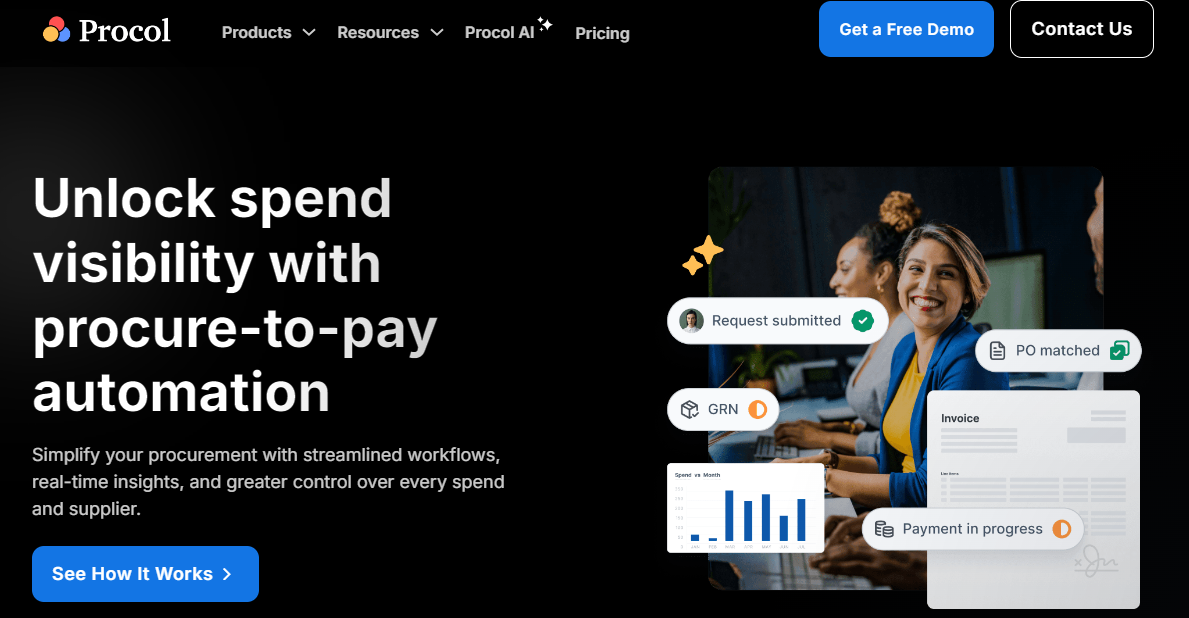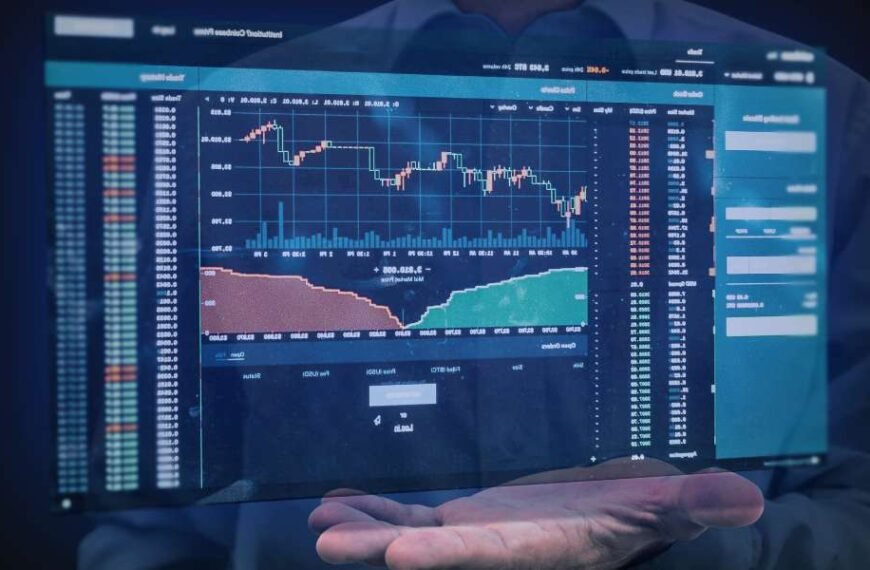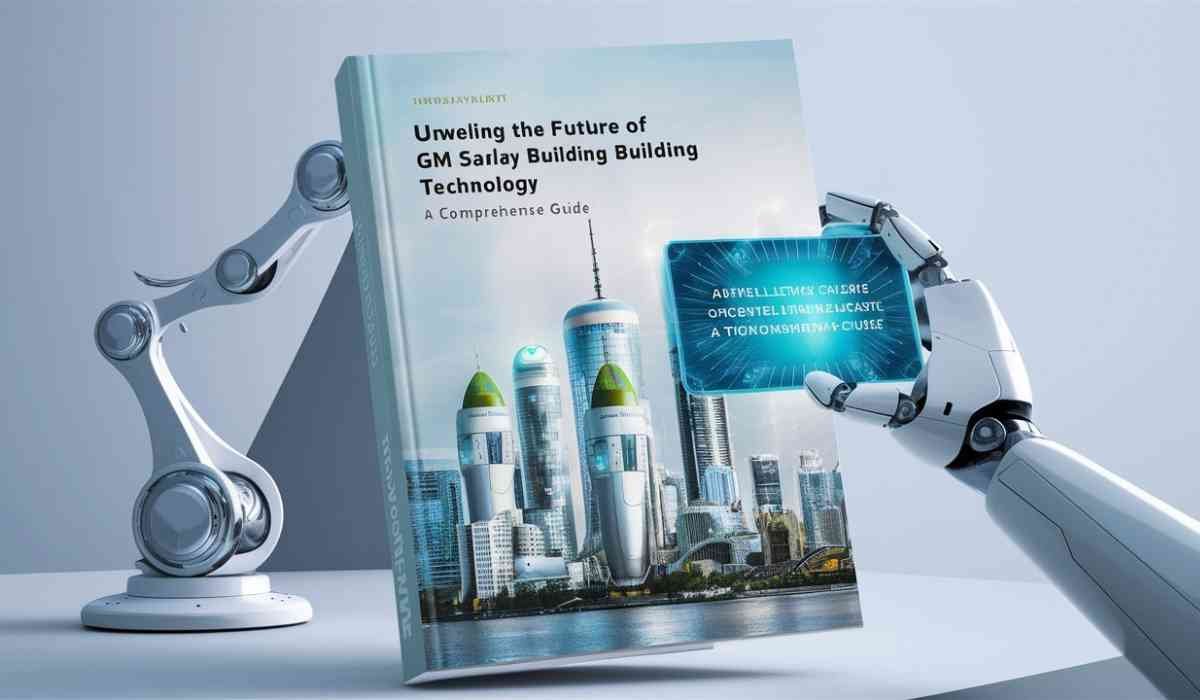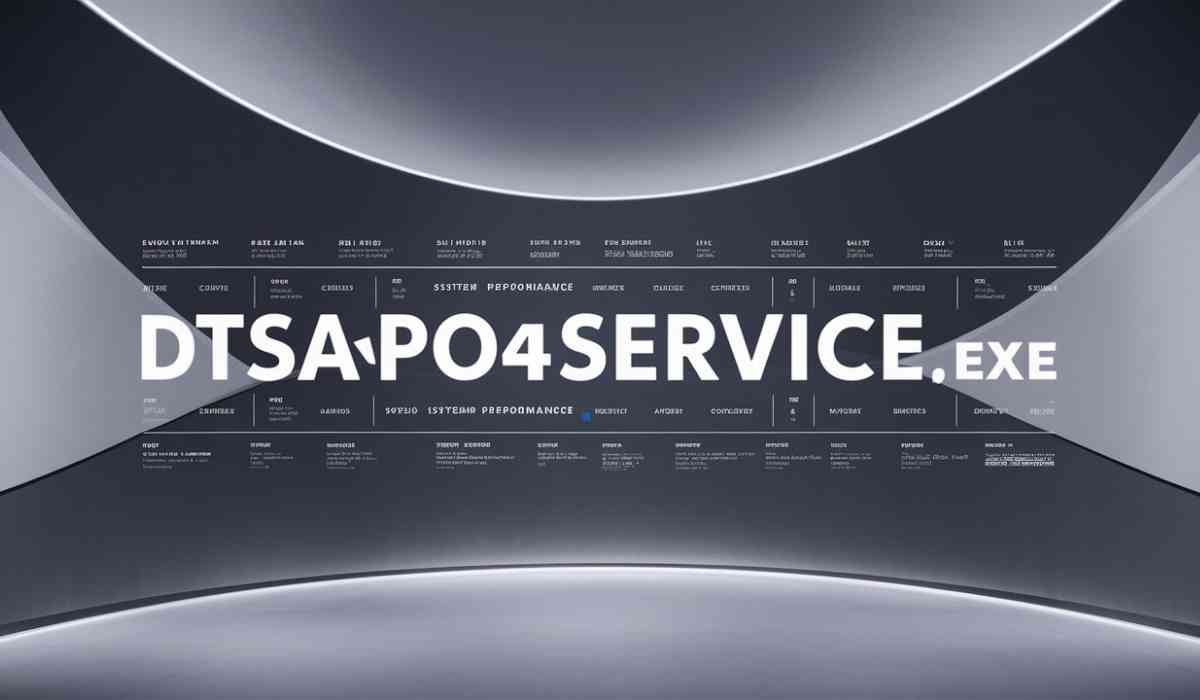Procurement operations have always been very central to any organization. It is the nature of every organization, big or small to have well-established ways of handling the purchases, the suppliers, and the stocks. Amongst some of the biggest changes has been the trend toward digital systems, which streamline the procurement process. Of these systems, much attention has been paid to the P2P system because of its characteristics of making procurement activities automatic while being simple. From this article, there will be discussions on the origin of procurement and how the modern systems apply towards altering the operations of supply chain management in businesses.
- The Basics of P2P Systems: The p2p system stands for “Procure-to-Pay.” It’s the process that interlinks a company’s purchasing department with finance using one unified platform. Its main aim is to automate every step in procurement, which relates to procuring goods and services and also payments made towards the suppliers’ invoices. This includes order placement, receipt of goods, reception of invoices up to making payments and even recording them.
By automating these processes, a P2P system also reduces manual effort, limits potential errors, and remains compliant with business policies and accounting regulations. For all information to be documented in one online platform, businesses could easily track, verify, or monitor purchases using invoices and the spending of company funds.
- Advantages of Using a P2P System: A P2P system has several advantages for an organization. First, it offers efficiency. Automated tasks such as order creation, invoice generation, and payment processing speed up the entire procurement cycle. This saves time with minimal chances of errors that would be evident in the manual process. A P2P system will also ensure all employees adhere to the company’s purchasing policies in a bid to curb unauthorized spending.
The other crucial benefit is the control of costs. P2P systems will help business organizations track the cost incurred and also allow them to understand how they can decrease the cost incurred. Such data-driven approaches enable companies to bargain better contracts with suppliers, not overpay for anything, and avoid the risks of fraud or waste.
- How the P2P System Encourages Openness and Accountability: Two of the key success factors that are always relevant for any purchasing process are transparency and accountability. A P2P system enriches these very factors by following a transparent electronic trail. With visible trails on creating orders, at the time when goods were delivered, and such payments were undertaken, organizations find themselves in the position to be able to follow the trail whereby the difference manifests between order quantity and received goods and reconcile that amicably.
In addition, in the P2P system, accountability rests with the employee and the suppliers; with such clear workflows and approvals, a manager can trace them to take action against violating the company’s norms, hence still holding onto the process of procurement with internal and external laws.
- Why Business Utilizes E-Procurement System: Over the years, companies aiming to achieve strategy for digital transformation have been the trend in e-procurement systems. Its advantage cuts across all P2P systems to automate all procurement cycles ranging from sourcing and payment. E-procurement adoption has been seeking business process simplification, to reduce cost while improving efficiency. In most cases, the reason for adopting an e-procurement system lies in the urgency of speed and accuracy in a transaction.
A paper-based procurement would involve so much paperwork and data entry to allow for such a process. In the end, this leads to delays and even mistakes. All these processes are streamlined through an automated system with much more accuracy, and its employees end up saving so much time that can be dedicated to more strategic work.
- Challenges Facing Businesses in the Implementation of P2P Systems: Although the benefits of a P2P system are plentiful, its introduction in a commercial environment is quite challenging. This change from old procurement ways into an automated system requires huge investments in software, training, and support. The employees will resist change as well since they are accustomed to the old way of doing things and may be resistant to adopting new technology.
Integration into already-in-existence systems presents some form of challenge. Most of the organizations are still using their previously established legacy system to manage all finances and also for inventory as well as for managing their relations with the supplier hence creating difficult integration of P2P in their system.
- Future of Procurement-Going Digital: The future of procurement will, therefore, be more digital as businesses keep changing. The embracing of cloud computing artificial intelligence and data analytics comes about more intelligent, efficient, and adaptive procurement systems. This will enable smart decisions for businesses, supplier better relationships with buyers, and even optimize some previously unimaginable ways in terms of procurement. Much can be expected over the next several years wherein procurement space becomes even more innovative.
Now, even a discussion where one company is using a blockchain to have even greater control over its transactional security with its procurements is being carried out. Others have started implementing AI for even more accurate predictions of demand and getting the right sources. As companies embrace the concept of digital transformation, they adopt fully integrated solutions to automate the whole supply chain. All the processes, starting from sourcing up to purchasing and finally to inventory management and payment processing, will be completely integrated, not only for the internal employees but also for the external suppliers.
Conclusion
As an outcome, the e procurement system has become one of those must-have tools that businesses now need to streamline a procurement process aimed at minimizing costs and keeping things efficient. One of the important benefits of a transition from old and manual forms of procurement into automated ones has been increased transparency, better cost control, and accountability. New technologies like artificial intelligence, blockchain, and data analytics are approaching new horizons in enhancing procurement operations and decision-making. In this rapidly changing digital world, new upcoming changes seem promising and the business can do better than other businesses to adopt such changes. Modern systems, like P2P systems, will keep procurement operations efficient, transparent, and cost-effective for years.









